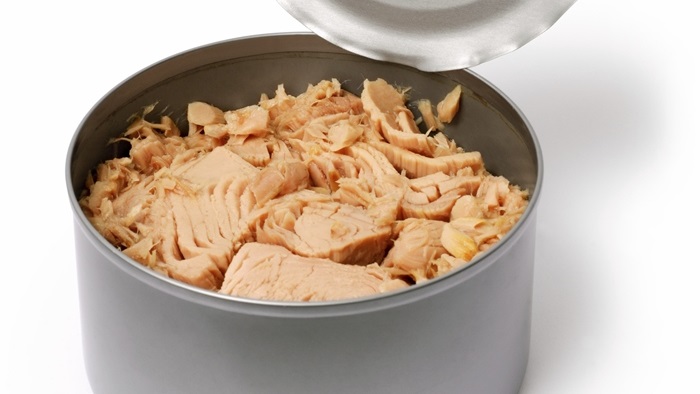Fish accumulates substantial amounts of metals in their tissues especially muscles and thus, consider one of major dietary sources of these metals for humans. The objective of the present study is to determine the concentration of lead and cadmium levels in flesh of some imported salted canned fish (Sardine, Salmon and Anchovies) by Atomic Absorption Spectrophotometer with Graphite furnace. Fourty five imported canned salted fish were collected from different supermarkets in Sohag city produce during 2014. Samples were divided into three groups (15 for each) according to the geographic areas of production (G1 from Thailand, G2 from Morocco and G3 from Spain). Each group was subdivided into three (5 each) subgroup (Sardine, Salmon and Anchovies). Our results revealed that lead mean± SE (wet weight) levels were 2.495± 0.013, 2.320±0.010, 0.271±0.047 ppm in sardine, 0.298±0.158, 0.452±0.127 ppm and 0.275±0.132 in salmon and 6.939±2.370, 2.060±0.061 and 2.691±0.473 ppm in anchovies flesh in G1, G2 and G3 respectively. For cadmium mean levels±SE (wet weight) were 0.063±0.011, 0.098±0.025 and 0.066±0.021 in sardine flesh, 0.037±0.009, 0.053±0.010 and 0.061±0.020 in salmon flesh and 1.007±0.093, 0.464±0.055 and 1.908±0.540 in Anchovies ppm, in G1, G2 and G3 respectively. According to data presented in this study, it can be concluded that lead levels in flesh of salted canned fish collected from Sohag city were above the Egyptian Organization for Standardization and Quality Control EOSQC. (1993) recommended limit in sardine and anchovies and below this limit in salmon. Cadmium values were below the established values in all samples except G2 of anchovies. It recommended that more research and assessments of seafood quality is needed to provide more data and help safeguard the health of consumers.


